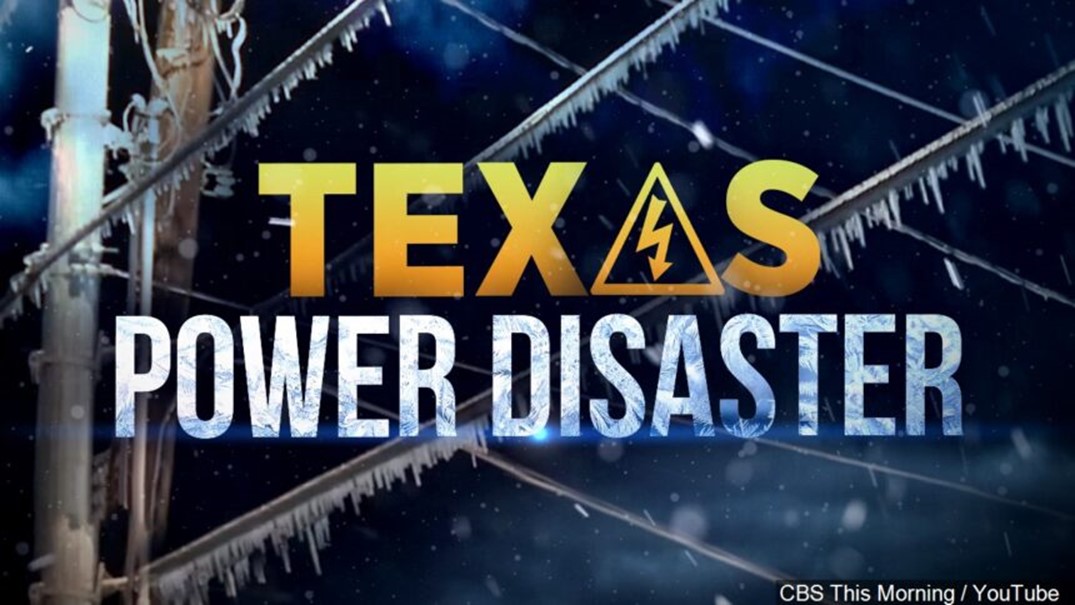
Pandemic-era sites like Venmo, Cash App, GoFundMe, and Google Docs were created to help those affected by the Texas polar vortex. The sites are simple, shareable, and private, these pages are Gen Z’s choice for not just learning about something, but doing something about it.
Mellissa Martinez, a 24-year-old student based in Houston, was without electricity or internet access for 72 hours. But during spurts of Wi-Fi availability, she was able to cobble together the TX Mutual Aid Directory, which lists shelter locations, food pantries, and requests for supplies. Martinez, a member of the Sunrise Movement, a political action committee aimed at fighting climate change, says much of the groundwork for the document was done in January after the Capitol Hill insurrection. “We were showing we need to take care of each other,” she says.
The TX Mutual Aid Directory lists shelter locations, food pantries, and requests for supplies. “We were showing we need to take care of each other,” says Christina Tan, a 22-year-old with Mutual Aid Houston. Twitter is appealing since it allows us to update folks live with resources, says Tan.
The is a volunteer group. The group is based in New York, but some members are based across the country. One volunteer, Ivan Sheth, saw the Texas crisis and created Slack and Telegram groups within a mutual aid Google doc. “I have more free time on my hands than I want to or know what to do with,” he says.
https://docs.google.com/document/d/1rdMnbzYxfXFrG1DefGqN3R1zu_lan2fml2bEYRpMcRQ/edit
The government failed Texans—so people on the internet stepped in